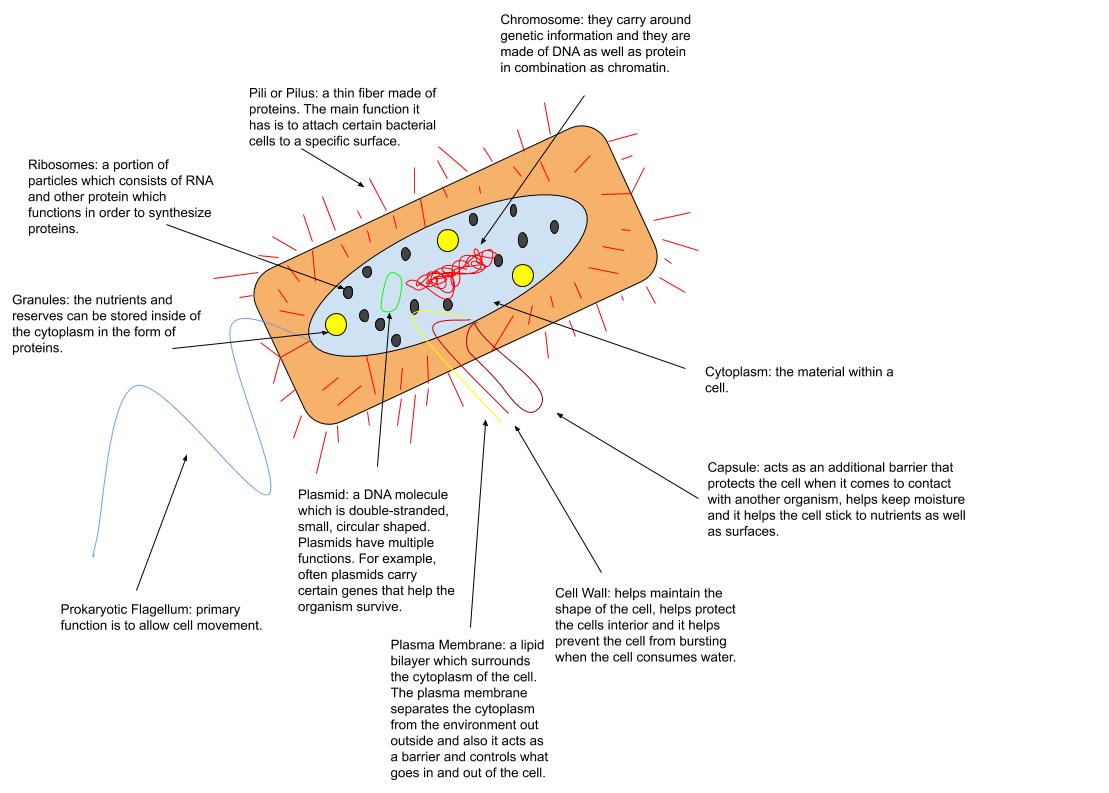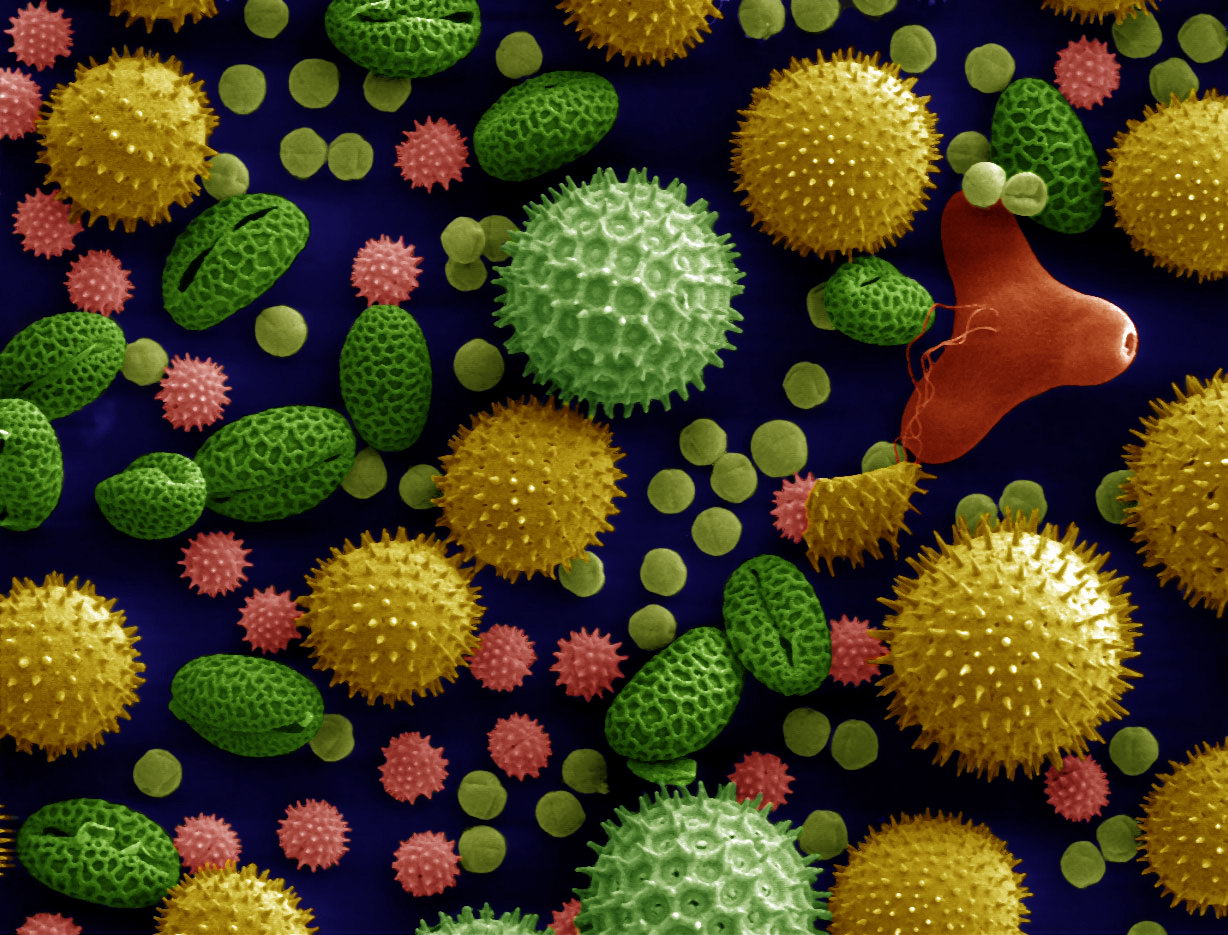|
Leucanthemum Ircutianum
''Leucanthemum ircutianum'' is a herbaceous perennial plant species in the family Asteraceae, that can be found growing in Eurasian (mostly European) countries and North America. Just like the similar '' L. vulgare'', it is commonly known as the oxeye daisy. Taxonomy Species name and the first formal description were given to this plant by Swiss botanist Augustin Pyramus de Candolle in year 1838. Even though taxonomy of this species and related taxa is complicated, there are currently three recognized subspecies: * ''Leucanthemum ircutianum'' subsp. ''asperulum'' (N.Terracc.) Vogt & Greuter * ''Leucanthemum ircutianum'' subsp. ''ircutianum'' * ''Leucanthemum ircutianum'' subsp. ''leucolepis'' (Briq. & Cavill.) Vogt & Greuter Some authors list additional two subspecies: * ''Leucanthemum ircutianum'' subsp. ''cantabricum'' (Sennen) Vogt * ''Leucanthemum ircutianum'' subsp. ''crassifolium'' (Lange) Vogt Description This upright-growing herbaceous perennial daisy can reach ... [...More Info...] [...Related Items...] OR: [Wikipedia] [Google] [Baidu] |
Herbaceous Plant
Herbaceous plants are vascular plants that have no persistent woody stems above ground. This broad category of plants includes many perennials, and nearly all annuals and biennials. Definitions of "herb" and "herbaceous" The fourth edition of the '' Shorter Oxford English Dictionary'' defines "herb" as: #"A plant whose stem does not become woody and persistent (as in a tree or shrub) but remains soft and succulent, and dies (completely or down to the root) after flowering"; #"A (freq. aromatic) plant used for flavouring or scent, in medicine, etc.". (See: Herb) The same dictionary defines "herbaceous" as: #"Of the nature of a herb; esp. not forming a woody stem but dying down to the root each year"; #"BOTANY Resembling a leaf in colour or texture. Opp. scarious". Botanical sources differ from each other on the definition of "herb". For instance, the Hunt Institute for Botanical Documentation includes the condition "when persisting over more than one growing season, the par ... [...More Info...] [...Related Items...] OR: [Wikipedia] [Google] [Baidu] |
Pappus (botany)
In Asteraceae, the pappus is the modified calyx, the part of an individual floret, that surrounds the base of the corolla tube in flower. It functions as a wind-dispersal mechanism for the seeds. The term is sometimes used for similar structures in other plant families e.g. in certain genera of the Apocynaceae, although the pappus in Apocynaceae is not derived from the calyx of the flower. In Asteraceae, the pappus may be composed of bristles (sometimes feathery), awns, scales, or may be absent, and in some species, is too small to see without magnification. In genera such as ''Taraxacum'' or '' Eupatorium'', feathery bristles of the pappus function as a "parachute" which enables the seed to be carried by the wind. The name derives from the Ancient Greek word ''pappos'', Latin ''pappus'', meaning "old man", so used for a plant (assumed to be an '' Erigeron'' species) having bristles and also for the woolly, hairy seed of certain plants. The pappus of the dandelion plays a ... [...More Info...] [...Related Items...] OR: [Wikipedia] [Google] [Baidu] |
Leucanthemum
''Leucanthemum'' is a genus of flowering plants in the aster family, Asteraceae. It is mainly distributed in southern and central Europe. Some species are known on other continents as introduced species, and some are cultivated as ornamental plants. The name ''Leucanthemum'' derives from the Greek words ''λευκός – leukos'' ("white") and ''ἄνθεμον – anthemon'' ("flower"). Common names for ''Leucanthemum'' species usually include the name daisy (e.g. ox-eye daisy, Shasta daisy), but " daisy" can also refer to numerous other genera in the Asteraceae family. Description ''Leucanthemum'' species are perennial plants growing from red-tipped rhizomes. The plant produces one erect stem usually reaching 40 to 130 centimeters tall, but known to exceed 2 meters at times. It is branching or unbranched and hairy to hairless. Some species have mainly basal leaves, and some have leaves along the stem, as well. Some leaves are borne on petioles, and others are sessile, atta ... [...More Info...] [...Related Items...] OR: [Wikipedia] [Google] [Baidu] |
Ruderal Species
A ruderal species is a plant species that is first to colonize disturbed lands. The disturbance may be natural for example, wildfires or avalanchesor the consequences of human activities, such as construction ( of roads, of buildings, mining, etc.) or agriculture (abandoned fields, irrigation, etc.). The term '' ruderal'' originates from the Latin word '' rudus'', meaning " rubble". Ruderal species typically dominate the disturbed area for a few years, gradually losing the competition to other native species. However, in extreme disturbance circumstances, such as when the natural topsoil is covered with a foreign substance, a single-species ruderal community may become permanently established. In addition, some ruderal invasive species may have such a competitive advantage over the native species that they, too, may permanently prevent a disturbed area from returning to its original state despite natural topsoil. Features Features contributing to a species' success as rudera ... [...More Info...] [...Related Items...] OR: [Wikipedia] [Google] [Baidu] |
Urban Area
An urban area, built-up area or urban agglomeration is a human settlement with a high population density and infrastructure of built environment. Urban areas are created through urbanization and are categorized by urban morphology as cities, towns, conurbations or suburbs. In urbanism, the term contrasts to rural areas such as villages and hamlets; in urban sociology or urban anthropology it contrasts with natural environment. The creation of earlier predecessors of urban areas during the urban revolution led to the creation of human civilization with modern urban planning, which along with other human activities such as exploitation of natural resources led to a human impact on the environment. "Agglomeration effects" are in the list of the main consequences of increased rates of firm creation since. This is due to conditions created by a greater level of industrial activity in a given region. However, a favorable environment for human capital development would als ... [...More Info...] [...Related Items...] OR: [Wikipedia] [Google] [Baidu] |
Diploidy
Ploidy () is the number of complete sets of chromosomes in a cell, and hence the number of possible alleles for autosomal and pseudoautosomal genes. Sets of chromosomes refer to the number of maternal and paternal chromosome copies, respectively, in each homologous chromosome pair, which chromosomes naturally exist as. Somatic cells, tissues, and individual organisms can be described according to the number of sets of chromosomes present (the "ploidy level"): monoploid (1 set), diploid (2 sets), triploid (3 sets), tetraploid (4 sets), pentaploid (5 sets), hexaploid (6 sets), heptaploid or septaploid (7 sets), etc. The generic term polyploid is often used to describe cells with three or more chromosome sets. Virtually all sexually reproducing organisms are made up of somatic cells that are diploid or greater, but ploidy level may vary widely between different organisms, between different tissues within the same organism, and at different stages in an organism's life cycle. Half ... [...More Info...] [...Related Items...] OR: [Wikipedia] [Google] [Baidu] |
Tetraploid
Polyploidy is a condition in which the cells of an organism have more than one pair of (homologous) chromosomes. Most species whose cells have nuclei (eukaryotes) are diploid, meaning they have two sets of chromosomes, where each set contains one or more chromosomes and comes from each of two parents, resulting in pairs of homologous chromosomes between sets. However, some organisms are polyploid. Polyploidy is especially common in plants. Most eukaryotes have diploid somatic cells, but produce haploid gametes (eggs and sperm) by meiosis. A monoploid has only one set of chromosomes, and the term is usually only applied to cells or organisms that are normally diploid. Males of bees and other Hymenoptera, for example, are monoploid. Unlike animals, plants and multicellular algae have life cycles with two alternating multicellular generations. The gametophyte generation is haploid, and produces gametes by mitosis, the sporophyte generation is diploid and produces spores by me ... [...More Info...] [...Related Items...] OR: [Wikipedia] [Google] [Baidu] |
Genome
In the fields of molecular biology and genetics, a genome is all the genetic information of an organism. It consists of nucleotide sequences of DNA (or RNA in RNA viruses). The nuclear genome includes protein-coding genes and non-coding genes, other functional regions of the genome such as regulatory sequences (see non-coding DNA), and often a substantial fraction of 'junk' DNA with no evident function. Almost all eukaryotes have mitochondria and a small mitochondrial genome. Algae and plants also contain chloroplasts with a chloroplast genome. The study of the genome is called genomics. The genomes of many organisms have been sequenced and various regions have been annotated. The International Human Genome Project reported the sequence of the genome for ''Homo sapiens'' in 200The Human Genome Project although the initial "finished" sequence was missing 8% of the genome consisting mostly of repetitive sequences. With advancements in technology that could handle seq ... [...More Info...] [...Related Items...] OR: [Wikipedia] [Google] [Baidu] |
Pollen
Pollen is a powdery substance produced by seed plants. It consists of pollen grains (highly reduced microgametophytes), which produce male gametes (sperm cells). Pollen grains have a hard coat made of sporopollenin that protects the gametophytes during the process of their movement from the stamens to the pistil of flowering plants, or from the male cone to the female cone of gymnosperms. If pollen lands on a compatible pistil or female cone, it germinates, producing a pollen tube that transfers the sperm to the ovule containing the female gametophyte. Individual pollen grains are small enough to require magnification to see detail. The study of pollen is called palynology and is highly useful in paleoecology, paleontology, archaeology, and forensics. Pollen in plants is used for transferring haploid male genetic material from the anther of a single flower to the stigma of another in cross-pollination. In a case of self-pollination, this process takes place from ... [...More Info...] [...Related Items...] OR: [Wikipedia] [Google] [Baidu] |
Entomophilous
Entomophily or insect pollination is a form of pollination whereby pollen of plants, especially but not only of flowering plants, is distributed by insects. Flowers pollinated by insects typically advertise themselves with bright colours, sometimes with conspicuous patterns (honey guides) leading to rewards of pollen and nectar; they may also have an attractive scent which in some cases mimics insect pheromones. Insect pollinators such as bees have adaptations for their role, such as lapping or sucking mouthparts to take in nectar, and in some species also pollen baskets on their hind legs. This required the coevolution of insects and flowering plants in the development of pollination behaviour by the insects and pollination mechanisms by the flowers, benefiting both groups. Coevolution History The early spermatophytes (seed plants) were largely dependent on the wind to carry their pollen from one plant to another. Prior to the appearance of flowering plants some gymnosp ... [...More Info...] [...Related Items...] OR: [Wikipedia] [Google] [Baidu] |
.jpg)



